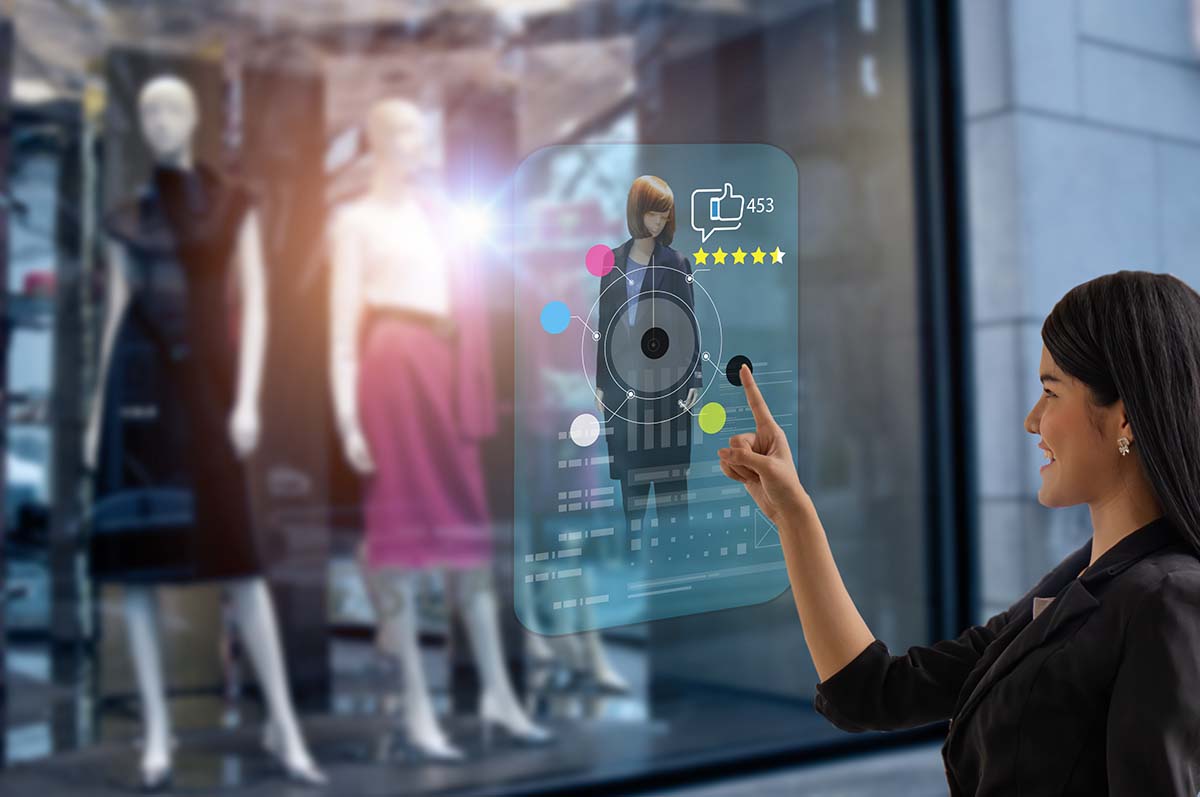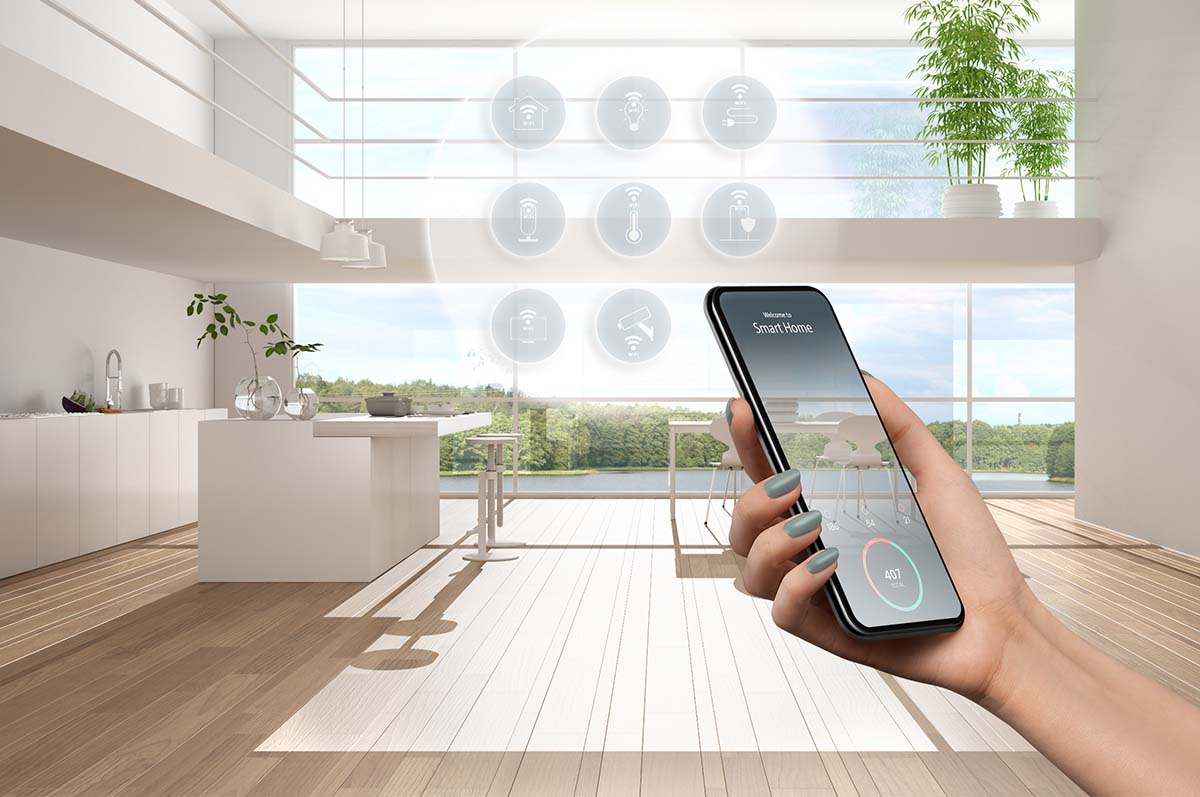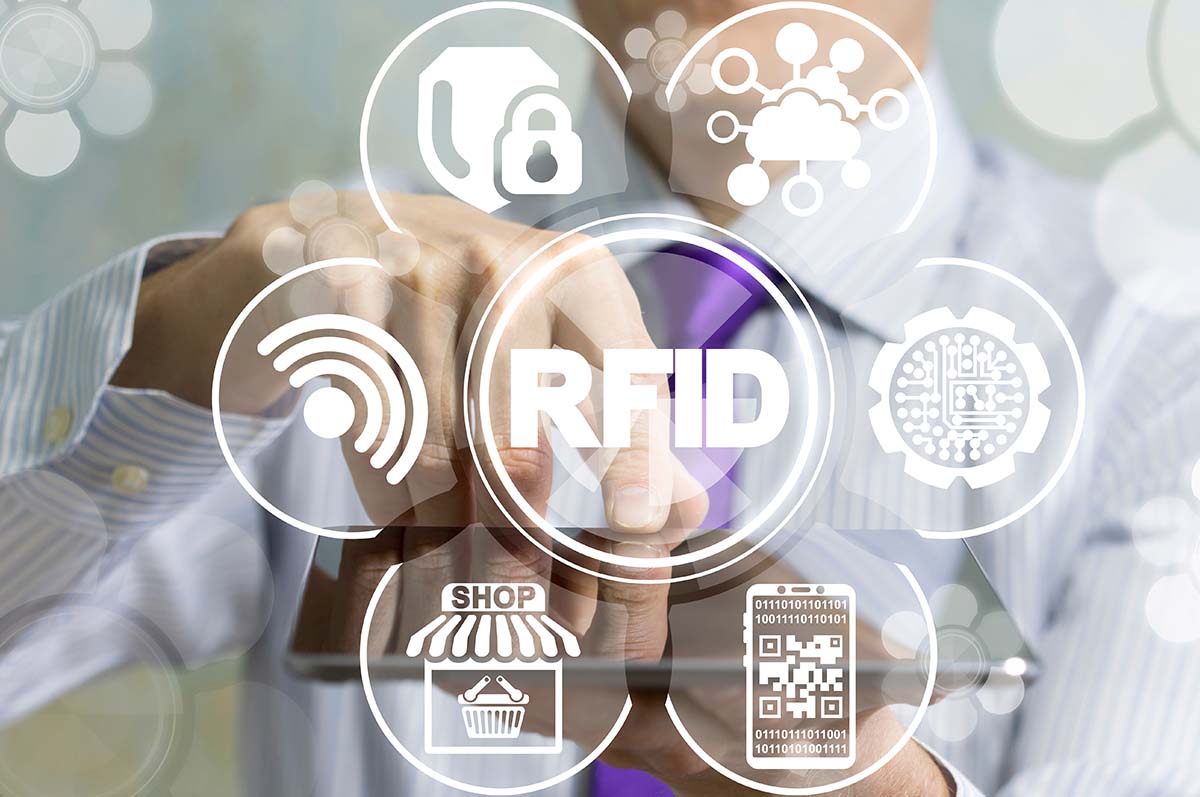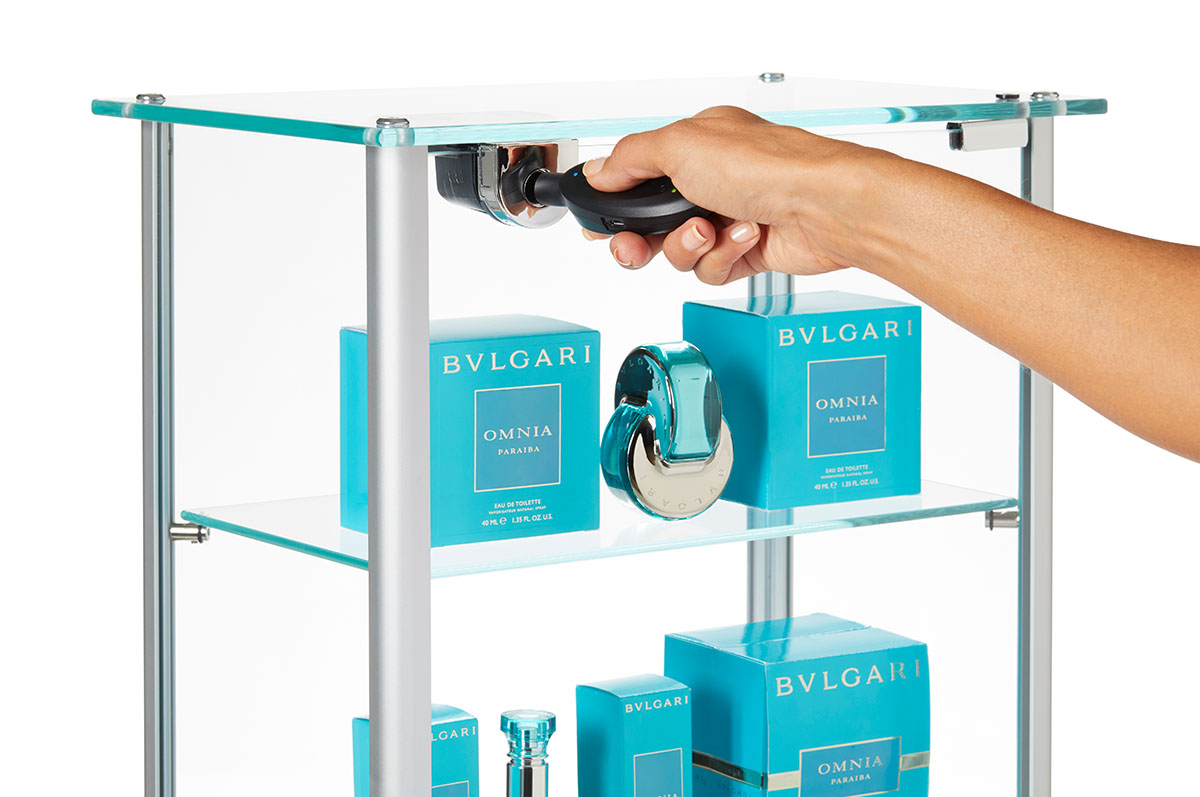Smart Retail Security

Smart homes, smart cities, smart industry, and smart manufacturing…Courtesy of a new era of internet capability, the world is becoming increasingly automated and connected.
And retail is far from immune to the rising tide of the smart wave, with everything from logistics to inventory tracking and retail security enjoying the benefits of what’s been described as the fourth industrial revolution.
But what exactly is smart technology and how is that translating into smart retail security?
What is smart technology
At its simplest, smart technology revolves around connected devices that talk to each other in a variety of ways, including standard internet, wireless internet, Bluetooth, and mesh networks like LoRA. LoRa is a long range, low power wireless platform that has become the de facto wireless platform of Internet of Things (IoT).
Often referred to as the Internet of Things, these devices include products like smart phones, wearable technology, and smart home products like Google Home, Amazon Echo etc.
Cloud computing and smart phones have seen the Internet of Things and smart technology become mainstream, as people are increasingly able to connect to smart devices, monitor their environment and make alterations to it.
Meanwhile internet innovations like the 5G mobile network and Wi-Fi 6 are rapidly accelerating the smart tech trend.
So how does that relate to retail?
Smart technology and retail

Smart technology has a host of implications for retail – from mobile Point of Sale to the way products are tracked through the supply chain and how customers peruse items on the internet, purchase products via an app, or envisage items in their own personal environment via AI.
The smart mirror in the change room, which allows customers to select an item in a different colour or style and virtually try it on, is part of the smart technology trend sweeping retail.
As are apps that allow customers to make contactless purchases in-store without attending the check-out.
But what few retailers appreciate is the same smart technology is offering some serious benefits to retail security.
Smart retail security
Over the past few years retail security has increasingly become a beneficiary of the smart trend and it plays out in a couple of ways:
- Smart tags
- Smart keys
- Smart displays
So, what exactly do we mean?
Smart tags
Now deployed by major retailers like Walmart, smart tags allow a retailer to track a product right through the supply chain and onto the retail floor.
While they might sound all new-age and high-tech, they’re actually based on proven technology that’s been around for a while.
Smart tags utilise RFID, the same technology found in passports, animal microchips and also toll tags fitted to cars.

Basically, they allow a scanner to recognise the RFID chip from a distance, and that has huge benefits for retail security and operations.
This RFID chip can store a wealth of information, including product colour, size, location and more.
In retail, they allow for instant stock counting, almost perfect inventory and supply chain accuracy, while they also mitigate retail loss.
Smart keys
Smart keys help track how often a drawer, cabinet or display has been accessed instore and by whom.

The keys can be programmed for each staff member, granting them access to one or multiple cabinets and drawers that are in their department.
The benefits of smart keys include increased store efficiency, improved customer service, and visibility.
A major tool in the prevention of employee theft, they ensure staff are accountable for the cabinets they have access to.
Meanwhile, the fact that one key can open multiple drawers and cabinets allows for improved efficiency. Instead of a staff member hunting around for a suitable key, their smart key opens all the areas that they need access to.
At the end of each day, the smart key re-sets, eliminating the chance for it to be stolen and used by shoplifters.
Smart displays
Smart displays work in conjunction with smart keys and locks. They allow a retailer to secure electronic items, such as tablets, smart phones and relevant accessories, while also fostering customer engagement with high-value items.
Most displays have tethers or steel cables to prevent the product being stolen, and they also often feature alarms to further prevent theft.
Combined with analytics software, these displays can track how frequently customers interact with the product, offering insight into the item’s popularity and selling potential.
The final word
Like all industries, retail is enjoying the benefits of a world that is increasingly connected, with smart tools available to improve the customer experience, mitigate retail loss and achieve greater in-store efficiency.
You can learn more about smart tags, RFID and its role in retail security here.